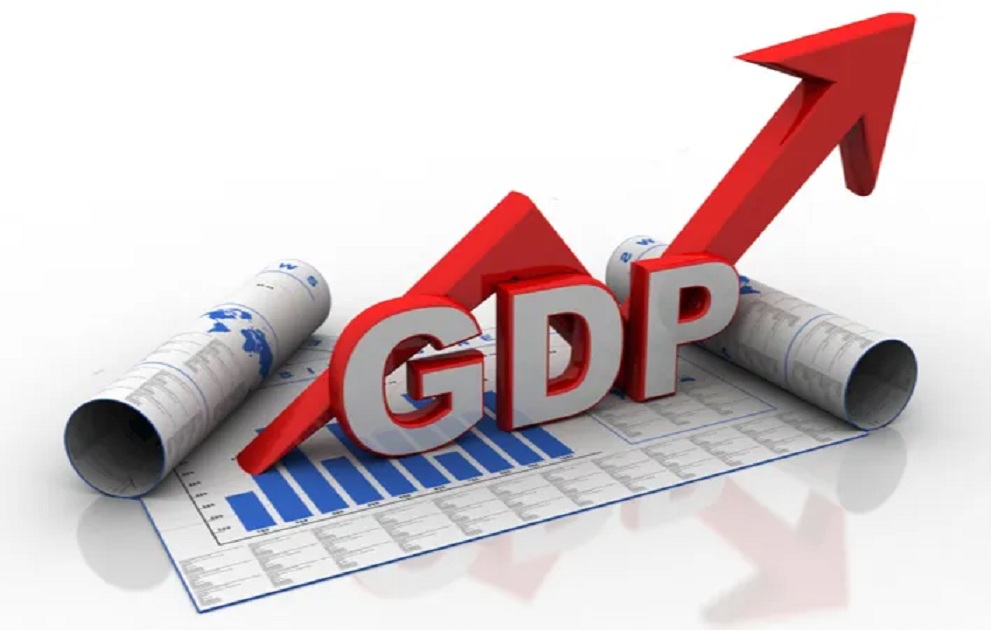ICRA Ratings recently released a comprehensive report projecting a robust economic growth for India in the first quarter of the fiscal year 2023 (FY24). The report suggests that the country’s Gross Domestic Product (GDP) growth is expected to accelerate to 8.5% during the April-June period, a significant increase from the 6.1% growth rate witnessed in the preceding quarter (January-March). This projected growth is attributed to multiple factors, including a supportive base effect and a notable recovery in the services sector.
Basis for Optimism: Supportive Base and Services Sector Recovery
The projected growth of 8.5% for Q1 FY24 is primarily attributed to two key factors:
-
Supportive Base Effect: The growth rate is expected to receive a boost from a supportive base effect, meaning that the comparison is made against a lower growth rate in the same period of the previous year.
-
Services Sector Recovery: The services sector, a significant contributor to India’s economy, is anticipated to exhibit a noteworthy recovery. The report indicates that a continued catch-up in services demand and improved investment activity have positively impacted growth.
Divergence from RBI’s Forecast and Potential Headwinds
Although ICRA’s growth projection of 8.5% for Q1 FY24 is higher than the Reserve Bank of India’s (RBI) forecast of 8.1%, the report does highlight potential challenges in the second half of the fiscal year:
-
Upcoming Headwinds: The report anticipates headwinds in the latter half of the fiscal year, which could potentially dampen the overall growth trajectory.
-
Factors Contributing to Headwinds: Factors such as erratic rainfall patterns, narrowing differentials with commodity prices compared to the previous year, and a potential slowdown in government capital expenditure as the country approaches parliamentary elections are identified as challenges to sustained growth.
FY24 Growth Estimate and Factors Influencing It
ICRA’s Chief Economist, Aditi Nayar, maintains her estimate of 6% real GDP growth for the full fiscal year FY24, which is slightly lower than RBI’s forecast of 6.5%. The reasons for this estimate include:
-
Risks to Growth: The aforementioned headwinds, including uncertain monsoon patterns and potential disruptions related to commodity prices, are expected to limit the overall growth rate.
- Government Capex Impact: The momentum of government capital expenditure is likely to be affected as the parliamentary elections draw closer, potentially impacting overall economic growth.
Sectoral Analysis: Services Sector and Capital Expenditure
-
Services Sector Growth: The report highlights a robust growth in the services sector, with services’ gross value added growth estimated to rise to 9.7% in Q1 FY24 from 6.9% in Q4 FY23. Notably, 11 out of 14 high-frequency indicators related to the services sector recorded positive growth during the quarter.
- Capital Expenditure Expansion: The gross fixed capital formation (GFCF) is expected to witness a double-digit expansion in Q1 FY24. This projection is based on the strong year-on-year growth performance of various investment-related indicators.
-
Government Capital Expenditure: The report indicates a substantial increase in the aggregate capital outlay and net lending of 23 state governments and the Government of India for Q1 FY24. These figures show a growth of 76% and 59.1% respectively, indicating increased capital expenditure.
Electricity Generation and Its Implications
- Electricity Generation Dip: While many sectors exhibited growth, electricity generation experienced a decline, reaching an 11-quarter low of 1.3% in Q1 FY24. This drop is attributed to an unfavorable base effect and excessive rainfall during the first half of the quarter.
External Borrowings and Commodity Prices
-
Capex-related Borrowings: External commercial borrowings for capital expenditure, aimed at modernization and new projects, saw a significant increase in Q1 FY24, surpassing the levels of the entire FY23.
-
Commodity Price Impact: Lower prices of various commodities have expanded profit margins in certain sectors, contributing to the growth observed during the quarter.
Find More News on Economy Here




 Prashant Veer and Kartik Sharma Become J...
Prashant Veer and Kartik Sharma Become J...
 Filmfare OTT Awards 2025 Winners List: B...
Filmfare OTT Awards 2025 Winners List: B...
 India Plans New Antarctic Station Maitri...
India Plans New Antarctic Station Maitri...







